With the ubiquity of the world wide web, it’s easy to take for granted the process that goes into designing and developing a brand new website. The plethora of website templates, builders and cheap hosting options seem to make having a website almost as easy as having a Facebook page.
Small, inexpensive websites may work for some, but for most of us it simply won’t cut it. After all: your business is unique; it needs to stand out against the competition. And that means an out-of-the-box approach just won’t do. Of course, the prospect of building a designing a website from scratch can be a little scary. Let’s take a look at what you can expect when you decide to undertake a new website design and development project.
Phase 1: Discovery
Every successful website design and development project begins with discovery. During discovery, you determine several critical things and answer questions such as:
Who is your site for? (Is it to help educate investors? Are you looking to attract consumers? Is it a business-to-business site?)
What is the main objective of the site? (Does your site exist for customers to make purchases directly, like an e-commerce site? Perhaps your site is more geared toward answering common questions your target audience has before they make a purchase, like most lead-generation sites.)
What is your company’s brand? (What is it about your company that makes you unique and sets you apart from your competition?)
Essentially: discovery provides you or whoever is building your new website with the information necessary to create something not only unique to your particular business, but also unique to your particular ideal customer.
Phase 2: Site Map and Wireframes
Imagine you’re building a house. Before the builders can get to work, they need to understand several basic things, such as the total square footage of the house, the ideal layout and how many stories it has.
The site map and wire frames phase of a website design and development project is very similar to this. During this phase, the web developers determine the main navigation of the site, the number of pages your site will have and the way your pages will be organized. You won’t see any specific design or copy at this stage–rather, you will see several placeholders for content and imagery, setting up Phase 3.
Phase 3: Copywriting and Initial Designs
Armed with the basic blueprints for the site, the copywriting and design teams can get to work. This phase resembles the “chicken-or-the-egg” question, as people tend to differ on which comes first: the copy or the design. Some designers prefer to work with a copywriter’s copy; similarly, some copywriters like to know the designer’s general intent before writing.
In any event, during this phase, you begin to see the actual content and “meat” of your website come to life. If you work with a professional agency, during this phase you will be presented with the initial design concepts and given the chance to provide revision requests.
Once the copy and the design are finalized, the site can move into its development phase.
Phase 4: Development
The development process is the where the site actually begins to come alive. During this phase, the development team takes the approved designs and copy and codes the website to bring them to life.
There are several languages web developers may choose to use when developing a website. You may be familiar with terms such as “Drupal” or “PHP”; “Java” and “Ruby.” Each refers to a particular programming language. One of the most common platforms for development is WordPress. Regardless, by the end of this stage, you will be presented with a functional version of your website.
The Final Phase: Fine Tuning and Launch
By this time, your website is nearly ready for launch. There may be some small design or copy changes that happen during the fine tuning and certain development features (like parallax scrolling or hover states) may need debugging.Once everything is tightened up, the site is pushed live and the world wide public at large can find and view your site.











